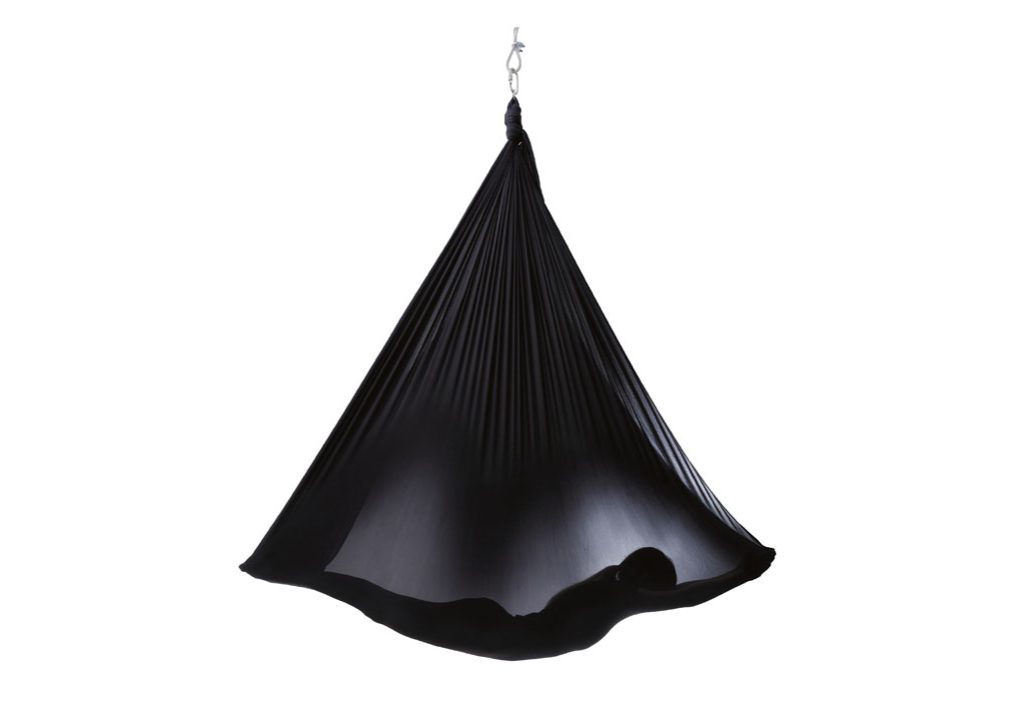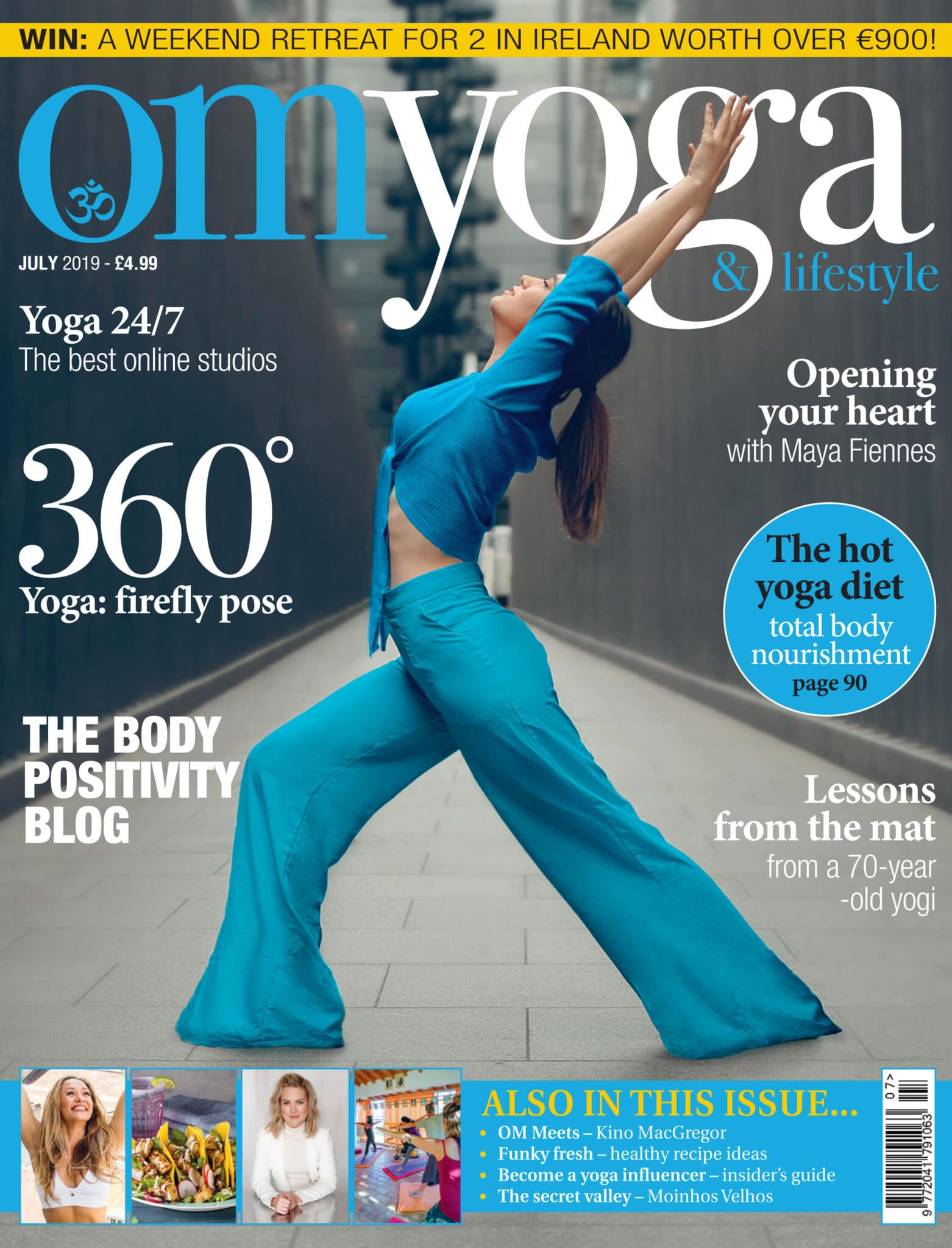
Yoga: the poetry of the body
Yogini and poet Kaye Martindale takes a look at the enigmatic way poetry shines a light on the practice of yoga. Here, she explores the deeper meanings behind the Rilke poem, Gravity’s Law
Gravity’s Law by Rainer Maria Rilke
How surely gravity’s law,
strong as an ocean current,
takes hold of even the strongest thing and pulls it toward the heart of the world.
Each thing—
each stone, blossom, child—
is held in place.
Only we, in our arrogance, push out beyond what we each belong to
for some empty freedom.
If we surrendered
to earth’s intelligence
we could rise up rooted, like trees.
Instead we entangle ourselves
in knots of our own making
and struggle, lonely and confused.
So, like children, we begin again
to learn from the things,
because they are in God’s heart;
they have never left him.
This is what the things can teach us:
to fall,
patiently to trust our heaviness.
Even a bird has to do that
before he can fly.
(Rilke’s Book of Hours: Love Poems to God, translated by Anita Barrows and Joanna Macy)
The alchemy of poetry is to express this human experience in a way that circumvents the analytical mind and helps us to see our self, and so our reality, from a totally fresh perspective. This poem from the German mystic poet, Rilke, expresses the essence of yoga; both the practice of asana along with the inner work of opening the heart and healing the mind. It’s a poem I come back to again and again in my own practice and one that I regularly read out in class.
On the physical level of asana practice, Rilke’s words remind us of the oft-quoted phrase from the Anusara Yoga tradition ‘root to rise’. It’s a common alignment cue that many teachers use to encourage students to activate certain muscles and to point us towards a more grounded practice.
This grounding down of the contact points with the earth is key in any active asana. When seated, we ground through the sitting bones; if standing, through the feet; and in arm balances, through the hands. It is the opposite of collapsing into the bone structure and both protects the weight-bearing part of the body whilst creating a feeling of lightness and length throughout the rest of the body.
In Patanjali’s Yoga Sutra, asana is simply and concisely described as ‘sthira sukham’. Usually translated as steadiness and ease or strength and comfort. Active grounding is the sthira, the steadiness, and is the base which provides the sukham or the ease and lift for the rest of the body.
From this place of balanced sthira and sukham we can experience our verticality, or as Rilke puts it, ‘rise up rooted like trees’.
From the perspective of the ancient teachings of yoga, the potential of every human being is to become a bridge between heaven and earth. Which is to say, to realise the vast, unbounded nature of the mind whilst inhabiting the shifting impermanence of this earth-bound body.
The layered poem and its invitation to ‘surrender to earth’s intelligence ’could have been written for the final resting pose of savasana. It’s hard for many of us to step out of our busy minds and the momentum of our life to come into stillness in savasana. Stillness was the most challenging part of the practice for me as a new student and in my classes I often see students struggle to feel and release the tension in their bodies during savasana.
It can take a lot of care and attention for the holding patterns of the body to unravel. As we progress to adulthood, for many of us, the muscles of the body have become a suit of armour that serves to protect us from the harsh words and difficult situations that we encounter through life. The infamous Tibetan teacher, Chogyam Trungpa, described this human body as ‘a bundle of tense muscles defending our existence’. While the armour may work in the short term, over time it becomes a prison that shuts us off from our feelings.
Within the field of yoga there can be no separation. Yoga means to yoke, to connect: we cannot pick and choose which emotions to feel. If we shut off from pain, we also shut off from our joy. Rilke speaks of the stones and blossoms ‘being held in place ’and advises against pushing out beyond what we belong to. Our joys and sorrows belong to us and the path of yoga shows us how to stay present, so we can be alive to the ever-changing ebb and flow of this human life without being carried away by them.
If we pay delicate attention to our body in savasana we can feel the ways in which our mind, body and heart are ‘entangled in knots’, this manifests as a subtle clenching as we try holding everything together. This poem invites us to trust the heaviness of our body, our cares, our mind to gravity. As one of my teachers, Jess Huon, puts it to ‘let gravity have its way with you’. The surrendering that Rilke invites us to is the work of yoga, it takes both a moment and a lifetime.
At the heart of yoga there is no inside and outside, there’s no difference between on the mat and off the mat. We practice so that we can gain insights into our emotional triggers and thought patterns. What we glean from those insights, over time, permeates our being and imperceptibility inscribes new pathways of possibility in our hearts and minds. We find ourselves increasingly belonging to our own life, able to inhabit our body without having to daydream about being somewhere else or somehow different. Through our yoga practice we can hold this body’s aches and pains; our whirling, dissatisfied mind and this tender, wise heart. We can allow the sham of perfection to fall, and from there we can rise up, and maybe, even fly.




